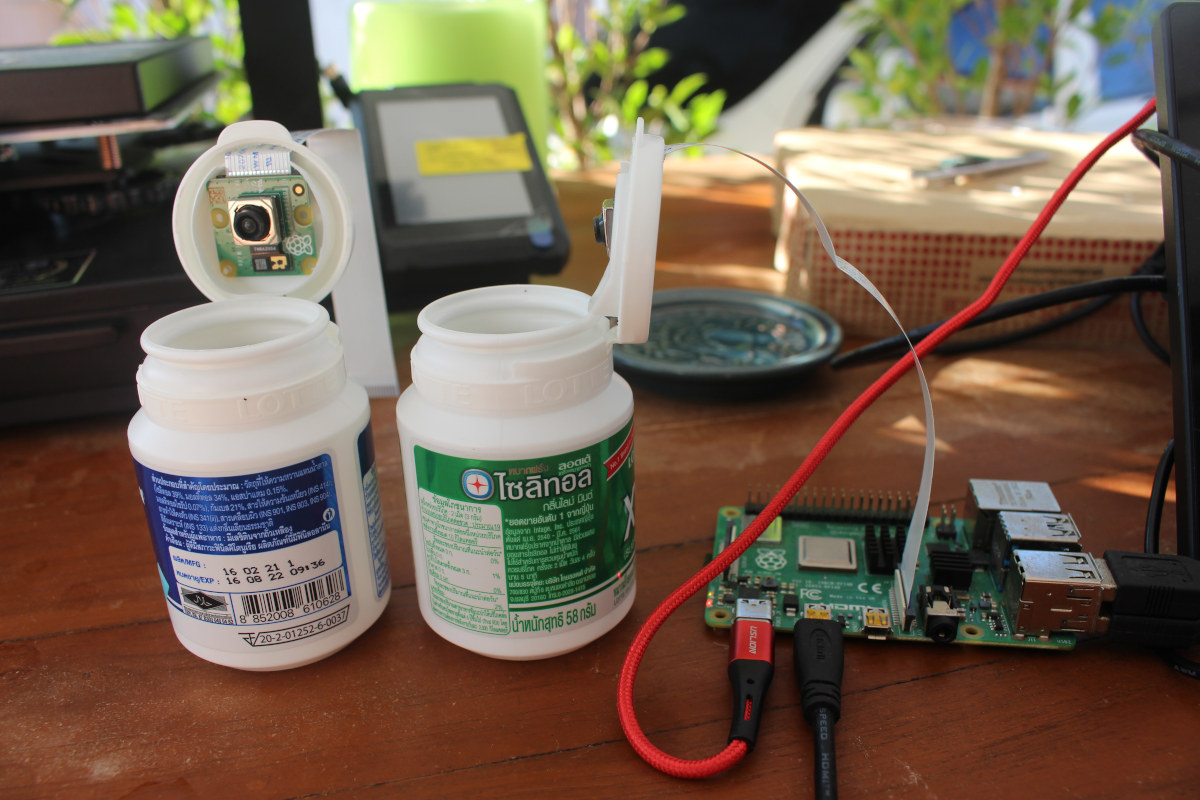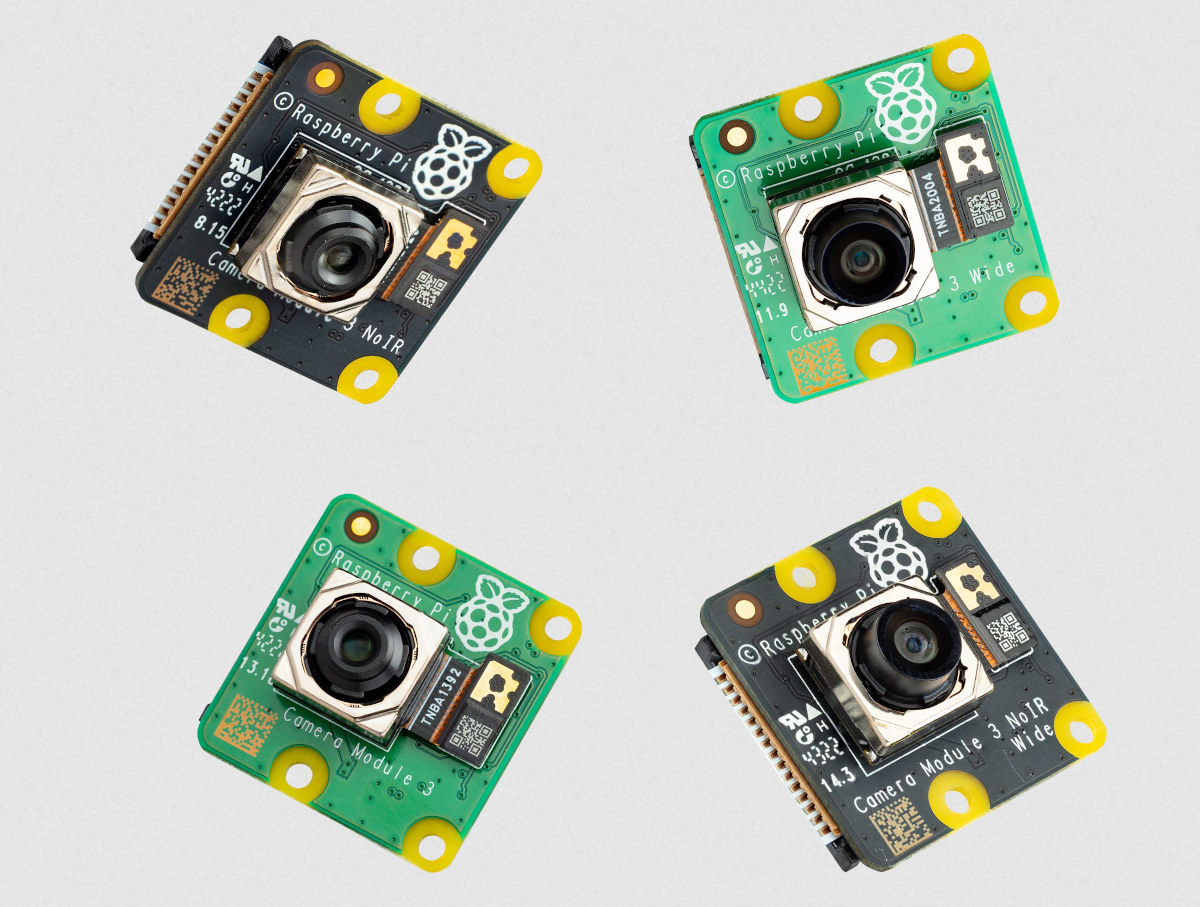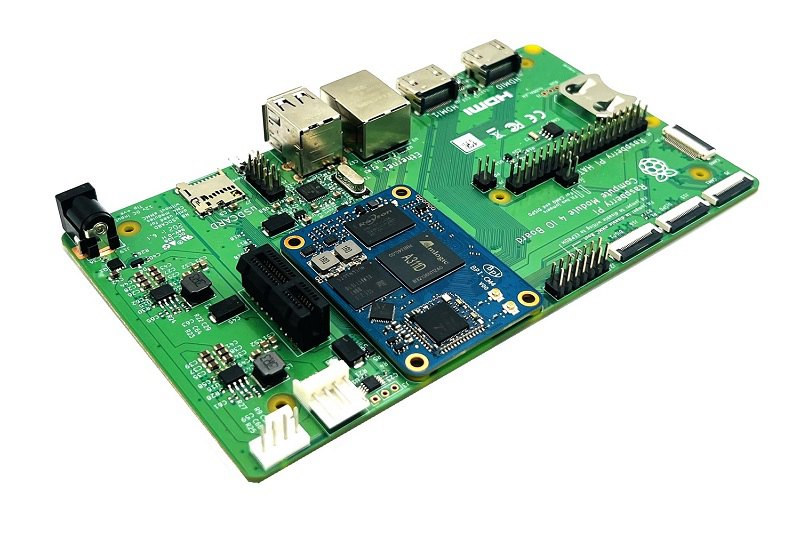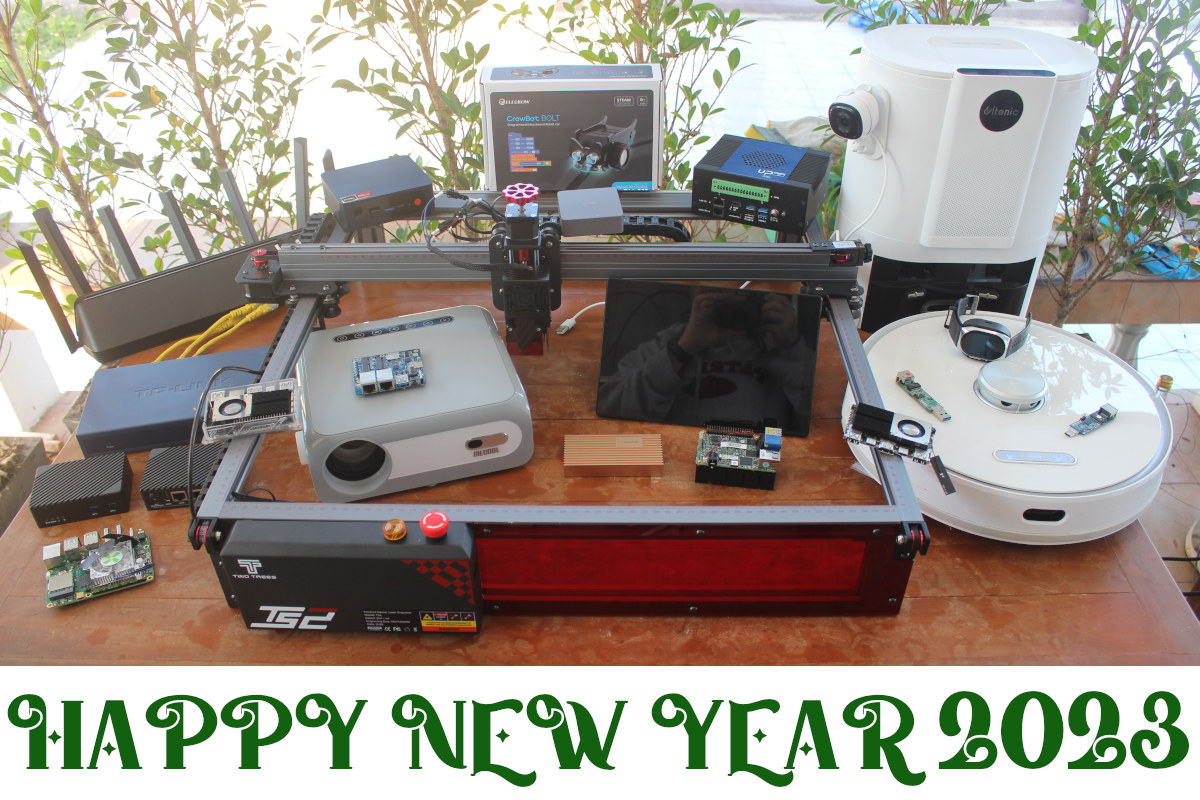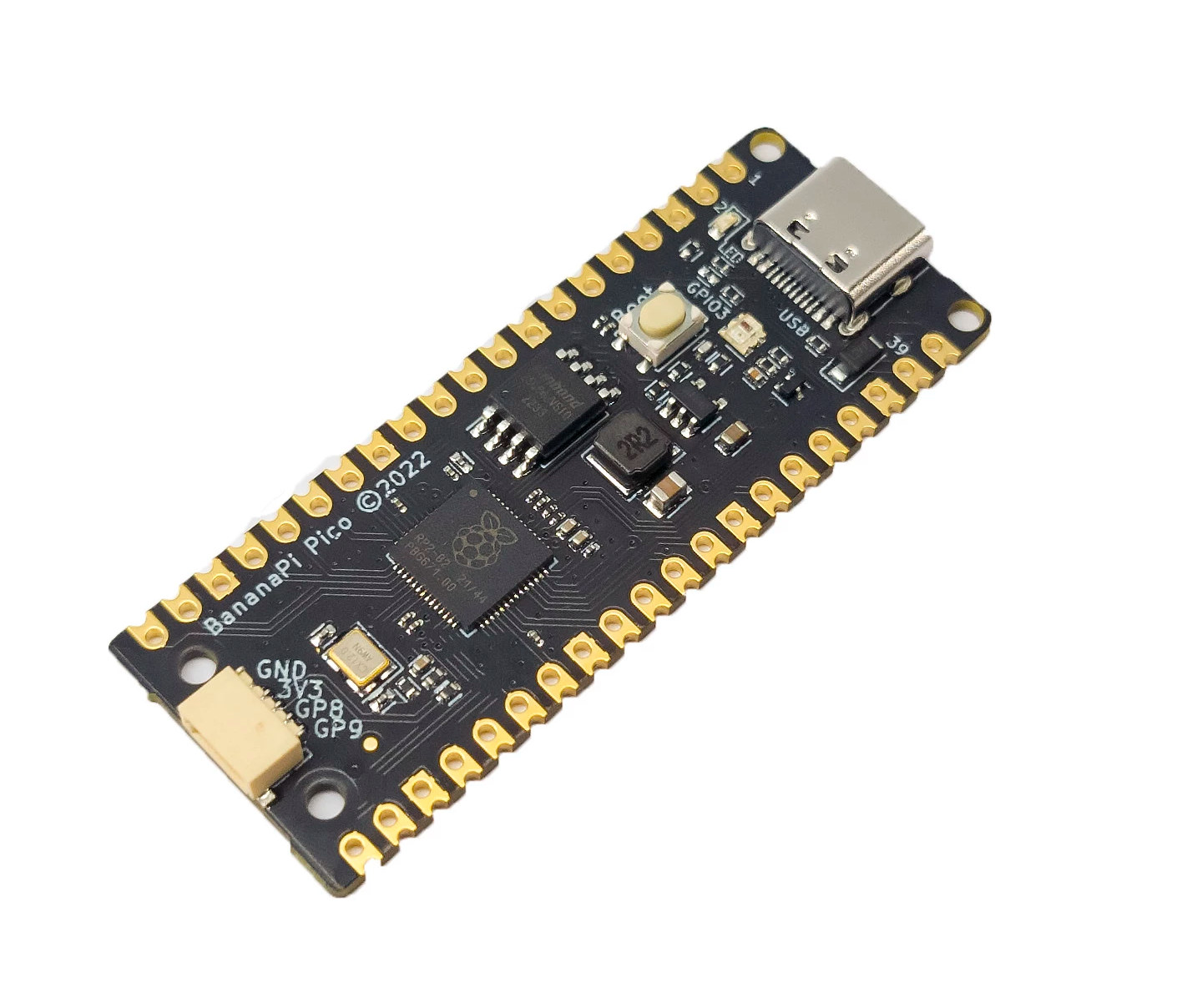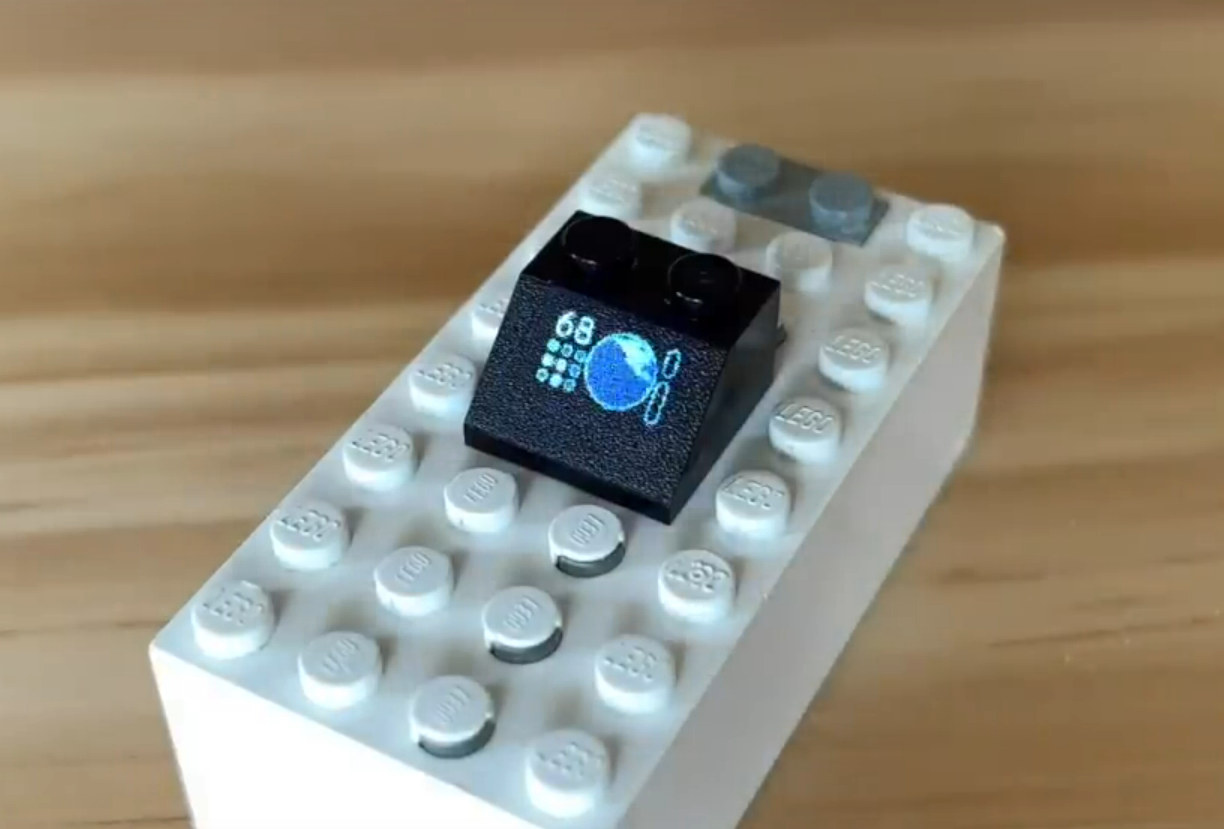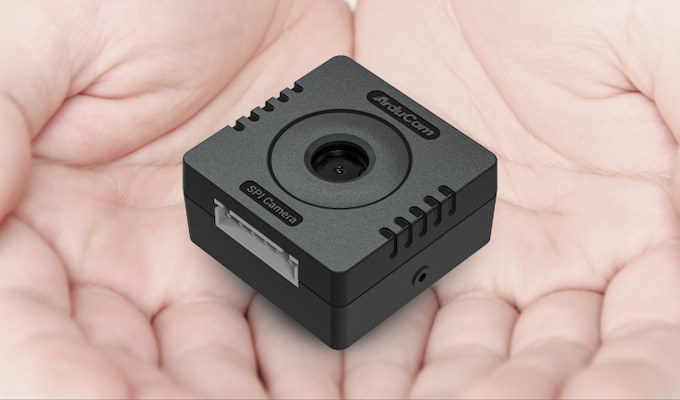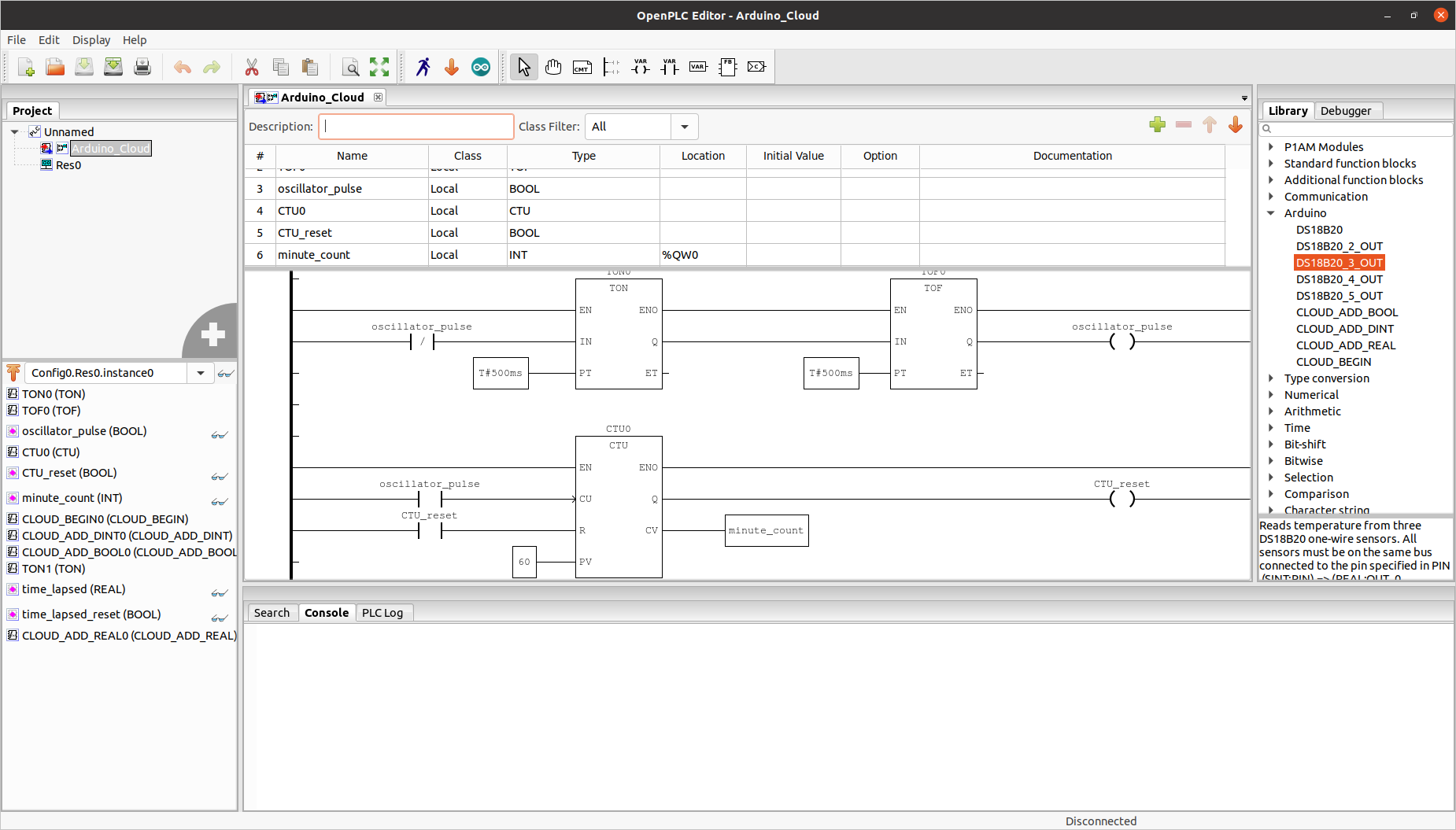I’ve just repurposed an empty XYLITOL gum bottle into a DIY camera mount for the Raspberry Pi Camera Module 3 with privacy mode to boot… In order to avoid confusion, while Xylitol is a chemical compound, it’s also a Japanese brand of chewing gums (Lotte XYLITOL) that is sold in Thailand and other countries. I’m specifically talking about the latter in this post. Raspberry Pi Trading has just sent me a bunch of Raspberry Pi Camera Modules 3 for review, and since I don’t have any camera mount I initially thought maybe I’ll laser cut some mount or use some LEGOs as I did with the e-CAM20_CURB camera for Raspberry Pi 4. But then I saw some empty XYLITOL gum bottles, noticed the cap would open vertically, and it seemed like the modules might fit in there as well. And indeed they do with the Raspberry Pi camera modules snugged […]
Raspberry Pi Camera Module 3 launched with autofocus and HDR
Raspberry Pi Trading has launched the Camera Module 3, their first camera module supporting autofocus and HDR, designed to work with all Raspberry Pi boards that can take a camera, and offered with either a standard or wide field-of-view, and an optional infrared cut filter. All four variants of the new camera module are equipped with a Sony IMX708 12MP sensor that supports high-dynamic range (HDR) and features phase detection autofocus. The Camera Module 3 has the same X/Y dimensions and mounting holes as the popular Camera Module 2 launched in 2016, but is several millimeters taller due to the improved optics. Raspberry Pi Camera Module 3 specifications: 12MP Sony IMX708 back-illuminated and stacked CMOS image sensor Sensor size – 7.4mm diagonal Pixel size: 1.4μm x 1.4μm Resolution – 4608 x 2592 pixels FoV – See comparison table between different models below Common video modes: 1080p50, 720p100, 480p120 Autofocus system: […]
Banana Pi BPI-CM4 Amlogic A311D system-on-module launched for $95
Banana Pi BPI-CM4 system-on-module powered by an Amlogic A311D hexa-core Cortex-A73/A53 processor and compatible with the Raspberry Pi CM4 module has now been launched for $95 and up. Banana Pi introduced the Raspberry Pi CM4 compatible module with Amlogic A311D CPU last May with some 3D renders and specifications, and we expected a launch in Q4 2022 or Q1 2023 at the time. The Banana Pi BPI-CM4 is now available together with a carrier board so let’s have another look. Banana Pi BPI-CM4 specifications: SoC – Amlogic A311D hexa-core processor with 4x Arm Cortex-A73 @ 2.0 GHz and 2x Arm Cortex-A53, Arm Mali-G52 MP4 (6EE) GPU, 5 TOPS NPU System Memory – 4GB LPDDR4 RAM Storage – 16GB eMMC flash (up to 128GB) Networking Realtek RTL8211F Gigabit Ethernet PHY on-module Dual-band WiFi 5 up to 867Mbps and Bluetooth 5.2 via Realtek RTL8822CS module and 2x u.FL antenna connectors 2x 100-pin […]
Year 2022 in review – Top 10 posts and statistics
It’s the last day of the year and the time to look at some of the highlights of 2022, some traffic statistics from CNX Software website, and speculate on what 2023 may bring us. The semiconductors shortage continued in 2022, but things are looking brighter in 2023 with the full reopening of the world mixed with forecasts of difficult economic times that should keep the demand/supply equation in check. On the Arm processor front the biggest news of the year, at least in this corner of the Internet, was the launch of the Rockchip RK3588 octa-core Cortex-A76/A55 processor together with interesting single board computers that we’ll discuss below. Announced last year, the Amlogic A311D2 octa-core Cortex-A73/A53 was finally made available in a few SBC’s, and we finally got some news about the Amlogic S928X Cortex-A76/A55 SoC showcased in 8K TV boxes, but we have yet to see it in action. […]
Banana Pi BPI-Pico-RP2040 – Raspberry Pi Pico replica gets USB-C port, I2C connector, and RGB LED
Banana Pi BPI-Pico-RP2040 is basically a clone of the original Raspberry Pi Pico, but with the addition of an RGB LED and a 4-pin I2C connector, and the company replaced the micro USB port with a Type-C connector. The rest of the board, also called Banana Pi Pico, is exactly the same up to the through holes and castellated holes for the I/Os, and has a similar form factor as the Banana Pi BPI-PicoW-S3 that adds WiFi and Bluetooth through the ESP32-S3 wireless microcontroller. Banana Pi BPI-Pico-RP2040 specifications: MCU – Raspberry Pi RP2040 dual-core Cortex-M0+ microcontroller @ up to 133 MHz with 264KB SRAM Storage – 2MB QSPI flash USB – 1x USB 1.1 Type-C port used for power and programming Expansion 2x 20-pin 2.54mm pitch header and castellated holes with 26 GPIOs, 3x 12-bit ADC up to 500 Kbps, 2x UART, 2x I2C, 2x SPI, 16x PWM, 2x programmable […]
LEGO brick with Raspberry Pi RP2040 runs Doom
James Brown (aka Ancient) has built a tiny computer inside a LEGO brick with a Raspberry Pi RP2040 microcontroller and a 0.42-inch OLED display. And yes, it runs Doom. So finally, the LEGO minifigures have access to a computer suitable for their size :). James did not post a lot of information to reproduce the build by yourself, but he still released the “uGrey” code, written in Micropython, to display greyscale on a monochrome OLED. We can learn from the design in a mesmerizing video (embedded at the end of this post) showing how he made a Raspberry Pi RP2040 computer fit into a LEGO brick. The tiny design is comprised of five main boards/modules: Raspberry Pi RP2040 module The micro USB module Two side modules with other components A 0.42-inch OLED display with 72×40 resolution (SSD1306) Since soldering the four modules together by hand only would be really challenging, […]
ArduCam Mega – A 3MP or 5MP SPI camera for microcontrollers (Crowdfunding)
ArduCam Mega is a 3MP or 5MP camera specifically designed for microcontrollers with an SPI interface, and the SDK currently supports Arduino UNO and Mega2560 boards, ESP32/ESP8266 boards, Raspberry Pi Pico and other boards based on RP2040 MCU, BBC Micro:bit V2, as well as STM32 and MSP430 platform. Both cameras share many of the same specifications including their size, but the 3MP model is a fixed-focus camera, while the 5MP variant supports autofocus. Potential applications include assets monitoring, wildfire monitoring, remote meter reading, TinyML applications, and so on. ArduCam Mega specifications: Camera Type 3MP with fixed focus 5MP with auto-focus from 8cm to infinity Optical size – 1/4-inch Shutter type – Rolling Focal ratio 3MP – F2.8 5MP – F2.0 Still Resolutions 320×240, 640×480, 1280×720 x 1600 x1200x 1920 x 1080 3MP – 2048 x 1536 5MP – 2592×1944 Output formats – RGB, YUV, or JPEG Wake-up time 3MP – […]
OpenPLC open-source Programmable Logic Controller Suite works with Arduino, ESP8266/ESP32, Raspberry Pi, etc.
OpenPLC is an open-source, free-to-use Programmable Logic Controller Suite, compliant with the IEC 61131-3 standard, and working with a range of hardware platforms such as Arduino, ESP8266/ESP32, Raspberry Pi SBCs, as well as Windows and Linux machines. When Arduino unveiled the Arduino PLC IDE, we noted the languages defined by the IEC 61131-3 standard were licensed, and the PLC key for the Portenta Machine Control unit sold for $17.60. One reader complained about the high license cost per device, but Massimo Banzi, the co-founder of the Arduino project, replied it was cost-effective for smaller deployments: Actually it’s not that much money compared to the cost of other PLC software (thousands of dollars per seat!). This model helps small companies with not that many devices.. It’s possible to negotiate bulk licenses for companies. But there’s also another option with OpenPLC open-source PLC suite that does not require any license fee. That’s […]


